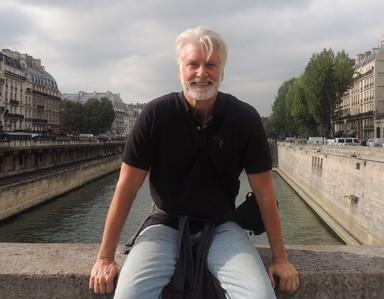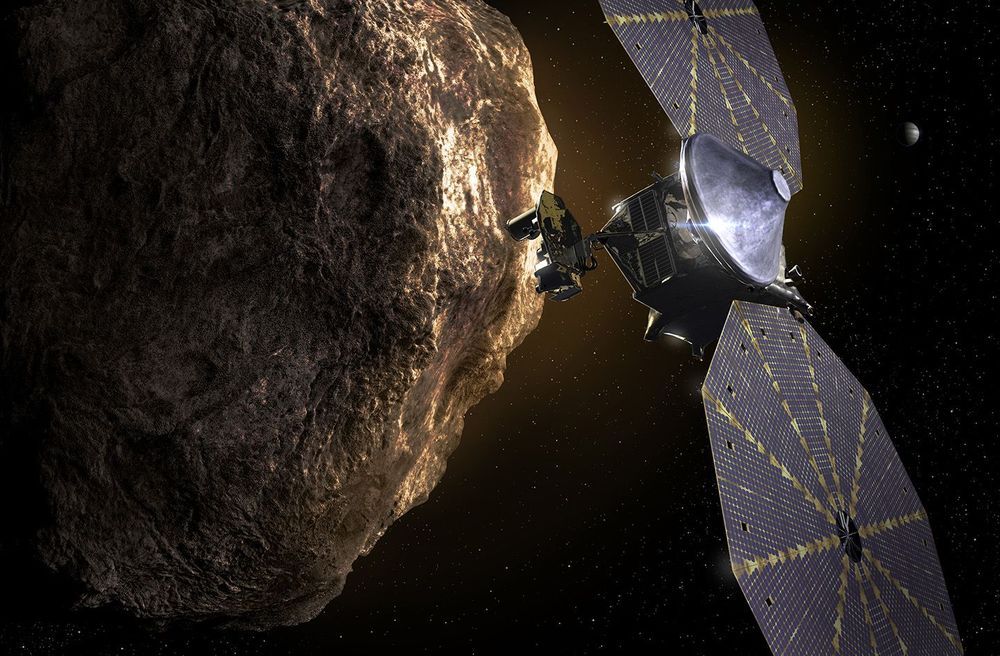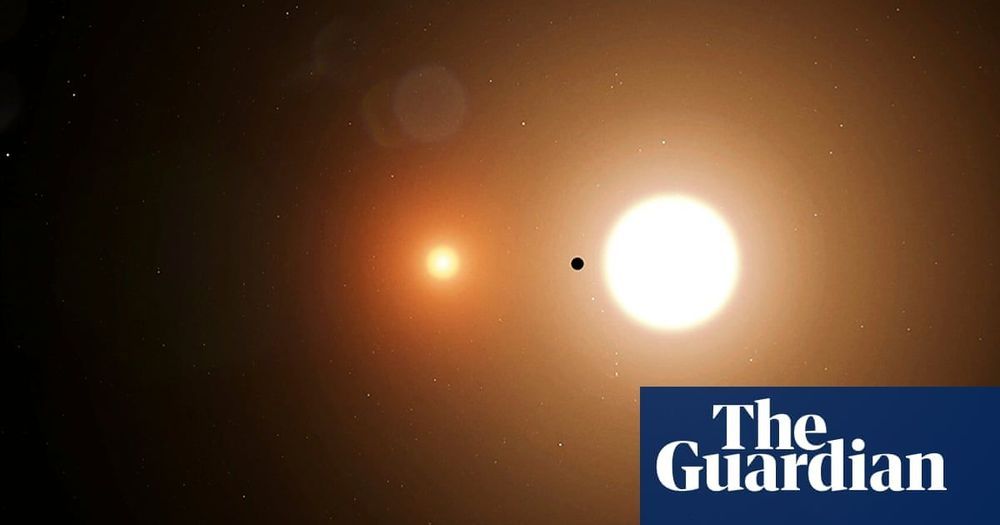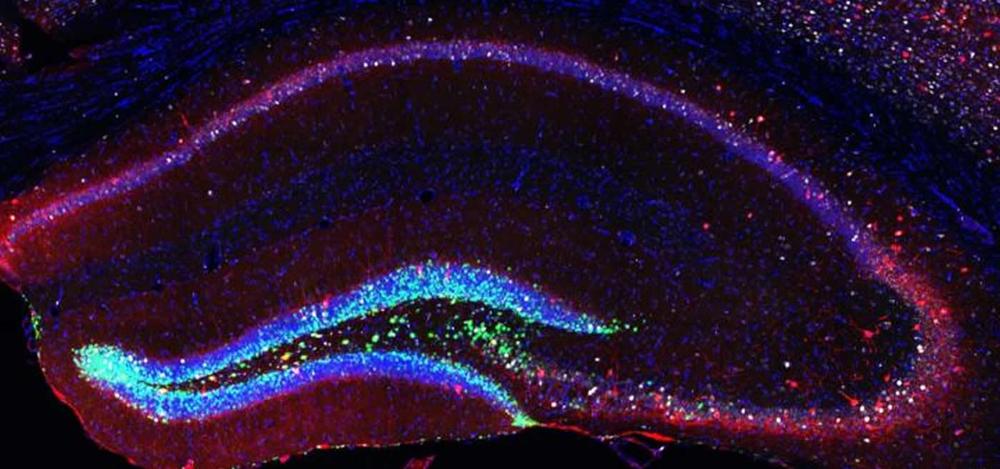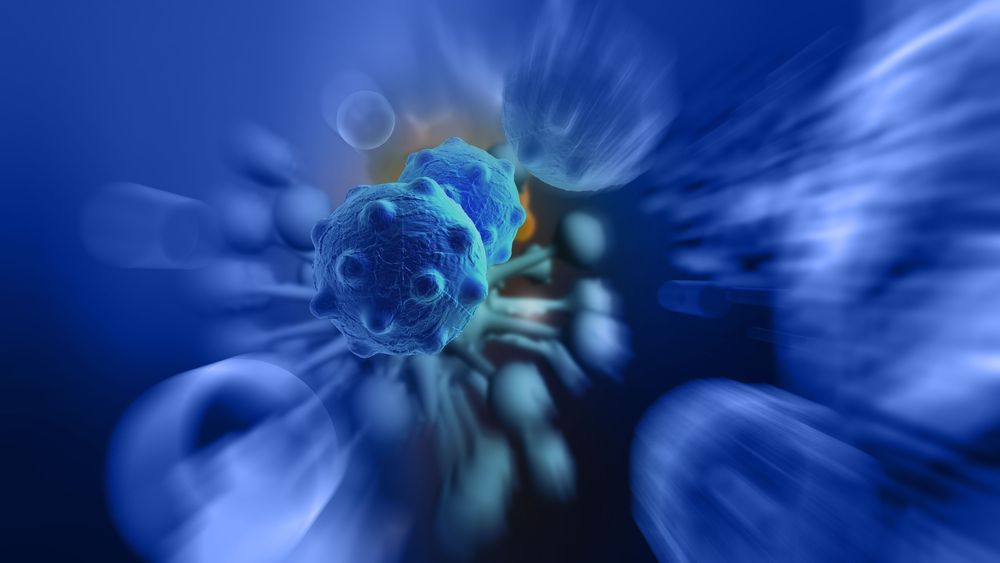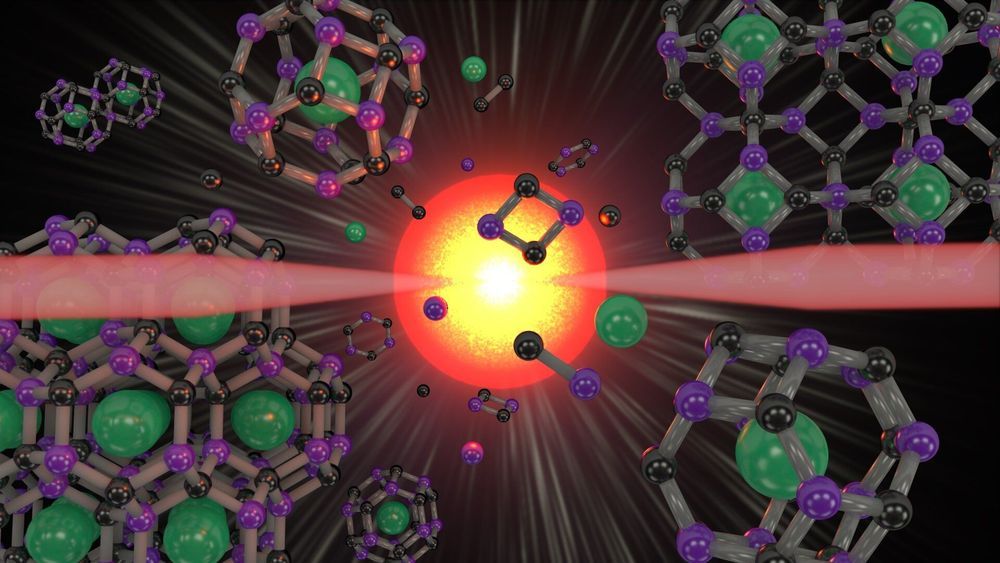Jan 11, 2020
A New Age: Pittsburgh-Based Author Chronicles Science’s Search For Human Immortality
Posted by John Davies in categories: computing, life extension, science
Chip Walter’s new book is titled “Immortality Inc.: Renegade Science, Silicon Valley Billions and the Quest to Live Forever.” It’s about the money, and the research, that’s seeking a way to extend human life indefinitely.
Chip Walter discusses “Immortality, Inc.” at Pittsburgh Arts & Lectures: 6 p.m. Thu., Jan. 16. Carnegie Library of Pittsburgh Main Branch, 4400 Forbes Ave., Oakland.
Sounds like science fiction, but Walter thinks breakthroughs are just around the corner.
